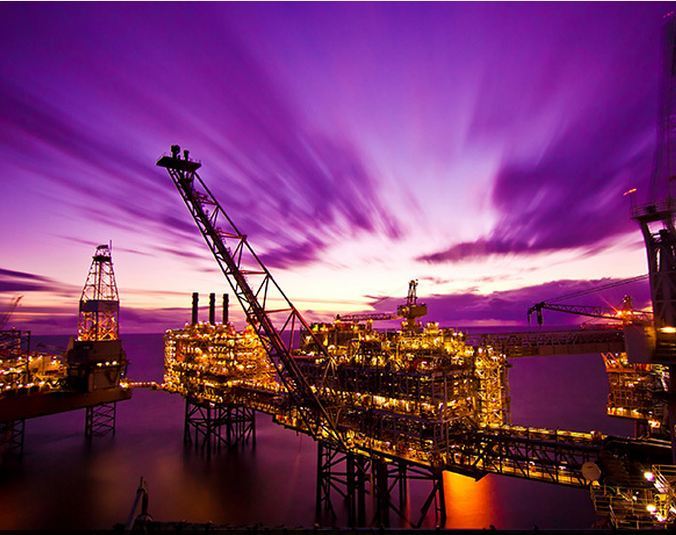
Three years into the biggest oil downturn in a generation, industry bosses see the recovery slipping further from view.
It could easily take until the end of the decade for better times to return to an industry that’s already endured a longer slump than most people expected, according to Total SA Chief Executive Officer Patrick Pouyanne and Weatherford International Plc head Mark McCollum. Executives gathering at the World Petroleum Congress in Istanbul said they’re still focused on repairing battered finances and resetting their operations to withstand low prices.
“In terms of the magnitude of damage this is by far the worst” industry downturn, McCollum said. It may take until 2020 for demand growth to accelerate enough, or for a supply gap to emerge that U.S. producers can’t fill. “That’s when pricing will begin to rise. Until then it feels very tenuous.”
That’s an enormous turnaround from the last World Petroleum Congress in Moscow in 2014, when people were speculating oil could rise as high as $125 after the precursor to Islamic State seized parts of northern Iraq. Three years on, Iraq has driven the Islamist extremists out of the city of Mosul, but the U.S. shale industry that triggered the slump to below $30 has survived and thrived. Even as OPEC curbs production, banks including Goldman Sachs Group Inc and BNP Paribas SA are cutting their price forecasts for the years ahead.
New Normal
“Lower for longer is the new normal,” Lorenzo Simonelli, CEO of Baker Hughes Inc., said in Istanbul. Exploration has slowed and producers outside the shale areas in the U.S. aren’t increasing spending, he said.
Exxon Mobil Corp. is debating which projects will be the most resilient as the price-slump continues, Stephen Greenlee, president of the company’s exploration unit, said at the conference. BP Plc CEO Bob Dudley said his company had its “ plate full” with the current roster of projects amid an abundance of supply.
Crude is still languishing below $50, half the level of three years ago. Dinesh Kumar Sarraf, chairman of India’s state-run Oil & Natural Gas Corp., said companies must learn to live with this and even be prepared for a “lower forever oil price.”
“As companies we have to remain very disciplined about spending and not assume that the price will go up,” BP’s Dudley said. “The years of $100 oil will turn out to be an aberration. We used to make money at $40 oil, we used to make money at $25 oil.”
Worrying Outlook
Dudley, who was among the first Big Oil bosses to predict the downturn would endure longer than expected, does see glimmers at the end of the tunnel. Prices will eventually rise as demand surpasses supply and erodes overloaded inventories.
“It’s lower for longer, but not lower forever,” he said at an industry dinner in Istanbul.
The price collapse killed off about $1 trillion of potential energy investments and fewer new deposits are being discovered, said Saudi Arabian Oil Co. Chief Executive Officer Amin Nasser. The outlook for supplies is “increasingly worrying” and the company will invest more than $300 billion over the next decade to maintain its spare oil-production capacity so it can help fill the impending shortfall, he said.
Sooner or later the market will catch up with the decline in spending, said Mark Richard, senior vice president of global business development and marketing at oil-services giant Halliburton Co.
“You can’t have sustainable business without investment,” Richard said. “You’ll see some kind of spike in the price of oil, maybe somewhere around 2020, 2021.”
That wouldn’t be a welcome development to consumers, for whom the talk at Istanbul wasn’t of hardship and survival, but of the benefits of abundant supply.
India, the world’s second-largest nation in terms of population, imports more than 80 percent of its crude oil and spent $134 billion in the two years to March 2017, 47 percent less than the preceding two years, according to data from its Oil Ministry.
“The new normal has emerged,” Petroleum Minister Dharmendra Pradhan said in an interview at the Congress. “This price will stay. This is a reasonable price for everyone.”
Recommended for you
